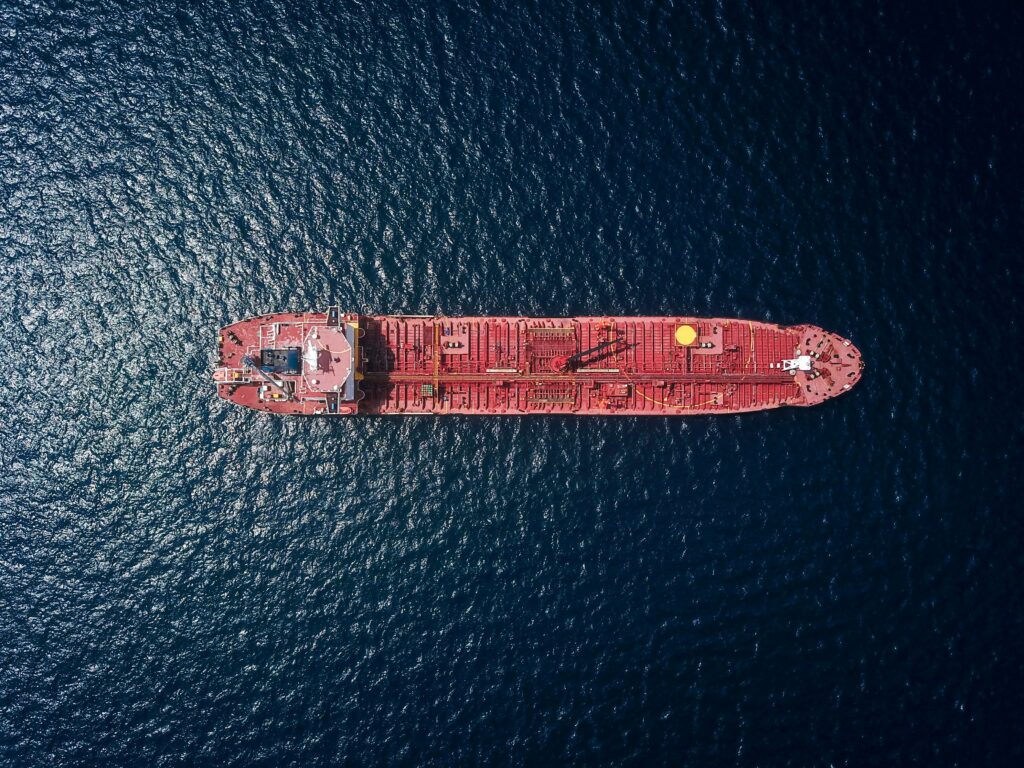ROVs have become fundamental apparatuses for enterprises that depend on subsea framework, including oil and gas, environmentally friendly power, broadcast communications, and submerged mining. As these businesses venture into additional remote and testing conditions, ROVs are ready to assume a much more huge part in forming the eventual fate of seaward foundation.
A key participant in this development has been **Remotely Worked Vehicles (ROVs)**, which have changed the way subsea tasks are performed, from investigation and examination to support and development. In this article, we will investigate how ROVs have added to the advancement of subsea designing and what their job might resemble in store for seaward framework.
Subsea designing envelops the plan, development, establishment, and upkeep of hardware and frameworks situated underneath the sea’s surface. This incorporates the advancement of seaward stages, subsea pipelines, correspondence links, submerged mining tasks, and sustainable power framework like seaward wind ranches and flowing energy frameworks.

Notwithstanding, as investigation and creation moved into more profound waters, human inclusion turned out to be progressively illogical because of security concerns, restricted profundity abilities, and high functional expenses.
By and large, subsea designing was a test because of the outrageous profundities, high tension, destructive saltwater, and complex strategies engaged with seaward tasks. Early strategies depended on human jumpers or specific submarines to review and keep up with subsea framework.
With their adaptability, accuracy, and capacity to work at extraordinary profundities, ROVs have become vital to the development of subsea designing.
This is where **ROVs** — mechanical vehicles controlled from the surface — have had a gigantic effect, giving answers for these difficulties.
A **Remotely Worked Vehicle (ROV)** is an uncrewed, fastened, or independent mechanical framework used to perform submerged errands.
ROVs can run in size from little, review class vehicles to huge, work-class machines equipped for complex errands like subsea development, support, and fix. These vehicles are ordinarily fitted with superior quality cameras, sonar frameworks, sensors, mechanical arms, and different instruments, which empower them to play out a great many capabilities submerged.
One of the main commitments of ROVs to subsea designing has been their capacity to improve security and lessen human gamble. Customary subsea tasks frequently expected jumpers to work in unsafe circumstances at extraordinary profundities, presenting them to dangers like decompression disorder, hypothermia, and gear disappointment. By utilizing ROVs rather than human jumpers, these dangers are fundamentally moderated.
ROVs work in conditions where human access is unthinkable or hazardous, like profundities past 300 meters, where human jumpers can’t securely go. The vehicles can endure the outrageous tensions, temperatures, and destructive nature of remote ocean conditions, lessening the requirement for dangerous human mediation.
